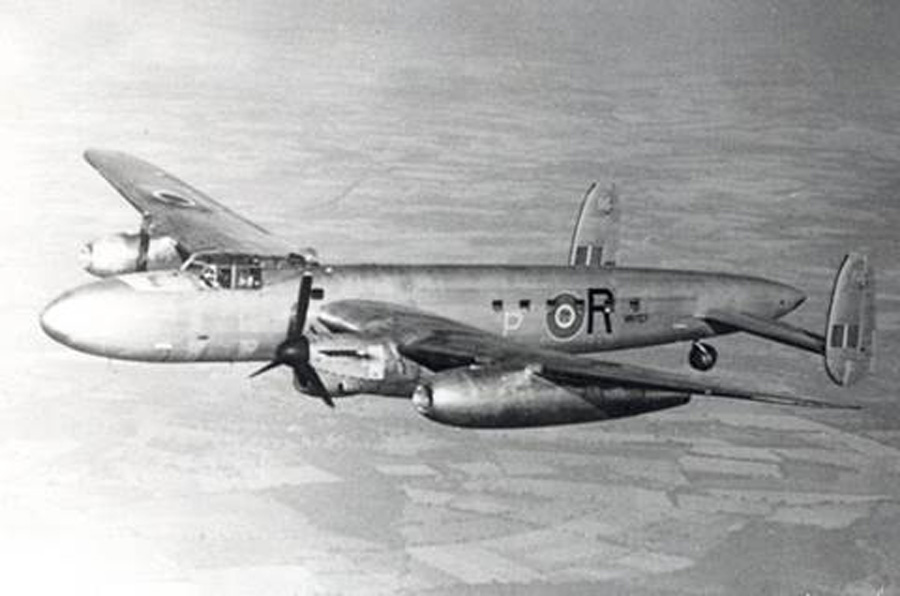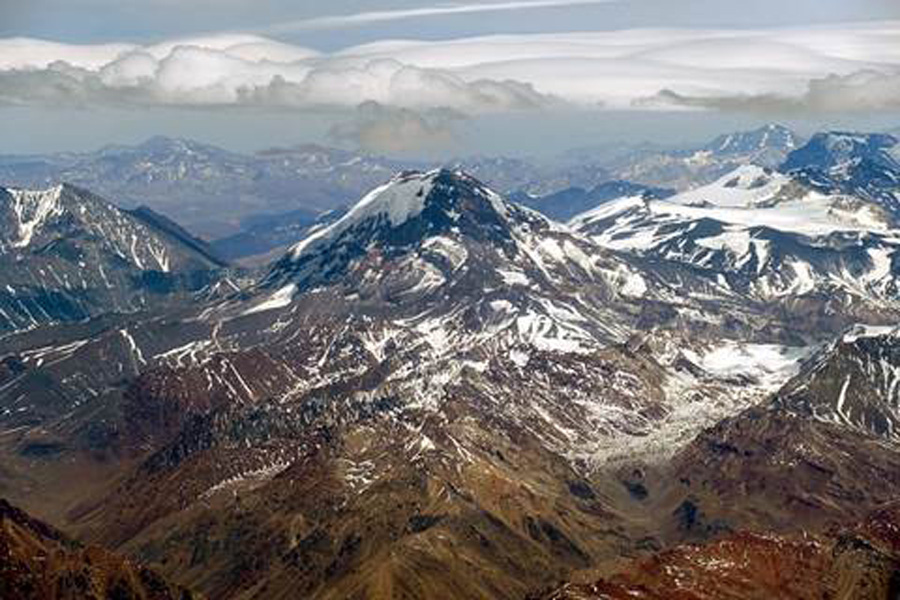“STENDEC” is not a standard communication between aircraft and ground control. It is not a recognized code, nor is it immediately clear what it even means. But it was the carefully transmitted morse code message sent out by the crew of Star Dust, a scheduled passenger flight from Buenos Aires in Argentina to Santiago, Chile, four minutes before it was due to land.
But Star Dust never landed. This cryptic message was the last anyone heard from the plane before it apparently crash-landed head-first into Mount Tupungato in the high Andes. What was it doing so far from Santiago and apparently so far off course? Why was it so sure it was making a final descent to Santiago when it was 80 km (50 miles) away?
Background to the Flight
On August 2, 1947, Star Dust, an Avro 691 Lancastrian 3 passenger plane, was scheduled to fly flight CS-59 from Argentina to Chile. The flight that day had a total of 11 people on board, 5 crew members and 6 passengers.
Reginald Cook was the captain of the flight, a British Royal Air Force pilot with vast combat experience during World War II. The first as well as second officers of the flight were also war veterans with flight combat experience.

The passengers on the flight included two British businessmen, a Palestinian, a British civil servant, a German-born Chilean resident, and one other. Star Dust departed from Buenos Aires as scheduled at 1:46 pm. After a normal flight time at about 5:41 pm, the crew sent the cryptic message to Santiago’s airport, and disappeared.
Theories
When the operator at Los Cerrillos Airport received the message from Star Dust, he was expecting that the plane was going to land in the next four minutes. However, the code confused him. On asking for clarification, the crew repeated the same code, “STENDEC,” two more times.
One theory, known as the “Anagram Theory” suggests the crew were disoriented and may have entered the message incorrectly. “STENDEC” is an anagram of the term “descent” which would have made sense for the plane preparing to land.
As per this theory, the plane was at the height of about 24,000 feet when the message was sent. Due to this, the crew may have suffered from hypoxia that could have caused mental confusion, and eventually loss of consciousness. However, to repeat the message with the same error three times seems unlikely.
Another prominent theory, known as “Acronym Theory” states that the cryptic message was actually an abbreviation of a longer message sent in a hurry. The believers of the theory suggest that the actual message could be “Santiago tower, emergency, now descending, entering cloud” or “Stardust tank empty, no diesel, expected crash.”
However, this theory is also usually discarded, as the crew wouldn’t have sent a cryptic message to convey important information. Additionally, if they actually wanted to send out a distress, they could have sent the much more recognizable “SOS.”
After the disappearance, a number of search teams covered the area where Star Dust was supposed to be, but found nothing. The lack of any solid evidence and the cryptic message received led to speculations that an alien UFO activity may be behind the accident. Many also believed that the plane might have overshot Santiago and fell in the Pacific Ocean.
Discovery of Wreckage
However, 51 years later in 1998, two Argentinean climbers were ascending Mount Tupungato of Andes, they came across the wreckage of an airplane engine. It was found nearly 80 km (50 miles) east of Santiago, nowhere near where it was supposed to be.
In addition to the wrecked engine, they also found twisted metal pieces, airplane parts, and shreds of clothing. On their return to Santiago, they reported all their findings, and it was thought that at least part of the mystery of Star Dust was finally resolved.

In 2000, a follow-up expedition was arranged. The Argentinean army surveyed the crash site and was able to find additional wreckage, including propellers and wheels of the plane. They also found some human remains. The human remains were sent for DNA testing, and in 2002, it was finally confirmed that the wreckage came from Star Dust.
What Really Happened to Star Dust?
According to the experts, the accident was a crash and not a mid-air collision, based on the localization of the wreckage. Moreover, as the wheels of the plane were retracted during the crash, the experts state that the plane was not attempting a crash landing at that time. The fact that the crew had not lowered the landing gear suggests they were not aware of any developing problem.
Baffled by this, researchers looked at the meteorological conditions at the time of the flight. At the time of the accident, there had been a snowstorm with cloud cover obstructing the pilot from viewing anything. And here, it seemed, was the key to the mystery.
As dense clouds surrounded the plane, Captain Cook was not able to determine his exact location. He assumed that he had safely crossed over the Andes, and hence, he would have started the descent to Santiago.
However, in reality it seems that Star Dust had been caught in jet stream passing from the west over the Andes, slowing the plane’s progress. As a result, the captain, without visual references to correct him, may have thought that he had actually passed over the Andes safely when in fact the plane was still above them.
In this situation, he may have calmly started to descend, thinking that Santiago was just ahead, only to be confronted by the massive Mount Tupungato looming out of the clouds directly in his path. The plane impacted the mountain straight on, and hid the evidence from investigators for more than 50 years.

How did Star Dust remain hidden for so long? Well, a possibility is that it could have flown into a vertical glacier on the side of the mountain, resulting in an avalanche which would have buried the plane within minutes.
The wreckage was concealed in ice and remained hidden until the ice started melting a little and made its way down the mountain. Only ten percent of the plane wreckage has been discovered so far, and experts believe that the remaining wreckage would make an appearance later in the future with the melting of the glacial ice.
And what of “STENDEC” and the mystery of the last meeting? With the finding of the wreckage, it seems that this was just an error by the crew.
Top Image: How did the plane mistake its position by so much? Source: Kolorowo.online / Adobe Stock.
By Bipin Dimri